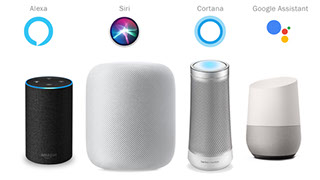FAQ Page
One way of achieving this is by adding an FAQ page in your website. With an FAQ page it becomes easy to add answers if you don’t want to disturb the existing narrative provided by the current content. We should also focus on keywords that are long tail but highly conversational
Use Schema's to highlight content.
Structured markups from Schema.org helps highlight specific content from the website so that spiders can easily parse content and understand its context. The schema is actually metadata, which explains and describes the data present on the website, making it easier for the spiders to understand the context of the content.
"Near Me" is your best friend!
With the increasing number of “near me” searches in voice search, we should make use of this type of keywords to get our brand on top. To do that we need to have our business listed in the Google’s local business listing. .
Put to use Google Ads' location extension.
Now, this is the feature when enabled, lets you show your ads along with your business address, phone number and directions. This corresponds to the “Near me” searches and when you have it enabled, it makes your ad more relevant to the local user giving you an added advantage in the Bidding.
Voice search is not just the latest trend; it is the future focused on making user’s life simple. It is the next big thing and we should all use this opportunity to transform our content relevant to the users. With all the above strategies put together, we can effectively transform our SEO and SEM strategy to suit the new voice search technology and stay on top of our competitors









